The Contax T3 is a camera I thought about buying many times before I put my money down. It’s the camera I thought about buying after I felt I achieved so much with the Yashica T5. It’s the camera that I thought about before I bought the Contax T2, but couldn’t afford. It’s also the camera I’ve been trying to avoid buying through trying to find the perfect inexpensive 35mm lens compact camera.
The likes of the Olympus mju-ii and Pentax Espio Mini are cameras that come very close to being the absolute ideal carry everywhere camera for snaps, but for their own unique reasons ultimately they fall short of perfect. So now I’ve eventually bitten the bullet and forked out for a Contax T3, the question is, does even it scratch the itch I hoped it might?
Like a lot of hobbyist photographers I’ve reached a point in my shooting where I take a camera everywhere I go. I remember a time before, when I looked upon this idea of always having a camera with more than a little bit of scepticism; surely people don’t actually take a camera everywhere? Well, now I do. In fact, I’ve been carrying one everywhere for a number of years now.
I take one when I walk the dogs round the block, when I walk to work, when pop into town to do a bit of shopping, when I go to meetings for work etc; literally everywhere. You might – if you’re like I was – think this odd? I think it’s odd, but actually now I am in the habit – being a person of habits and routine – I get ever so slightly irritable if I don’t have a camera on my person when I leave the house.
By means of example, around the time I started making notes for this Contax T3 reviews, just after I bought the camera, we went out to the cinema one evening. The cinema is about a 1/4 of a mile from my house, it’s on a route I regularly walk and rarely feel the need to take photos. It is also the cinema, a place not traditionally considered a hot spot for film photography outings, not to mention the fact that it was dark outside.
In short, opportunities for taking photos were limited, yet I still took a camera. And I’m glad I did, as I used it to take a shot of my daughter with a cut out pepper pig (her idea). Yes I had my iPhone in my other pocket, and could have relied on that… But it’s just not the same!
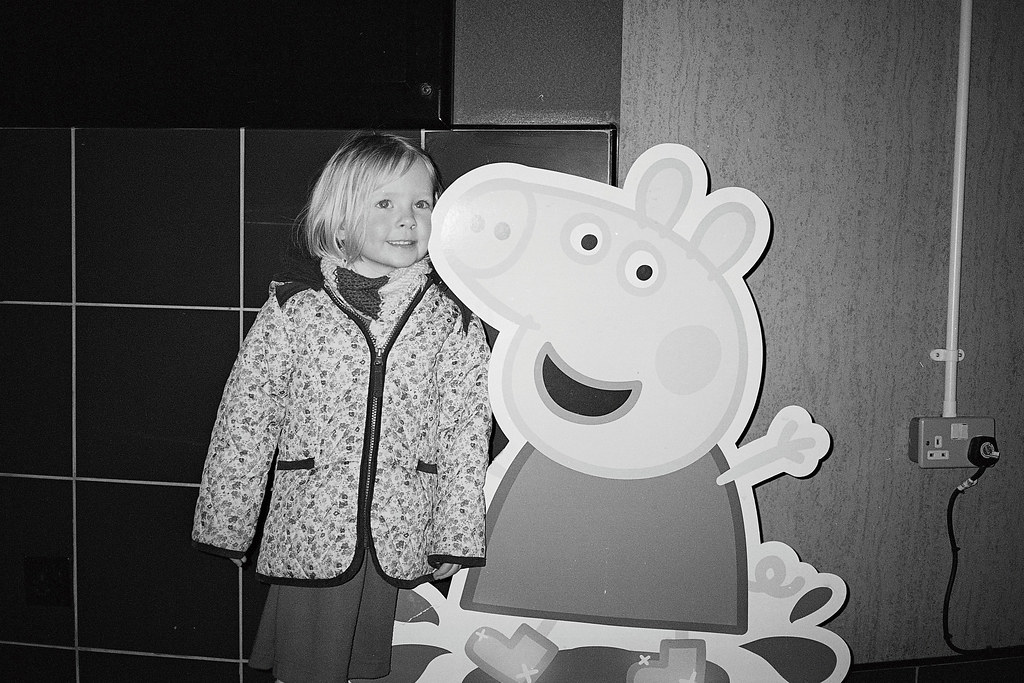
The point is I want a camera on me at all times. The problem is, as I’m sure anyone else who is inflicted with this weird habit will tell you, I don’t always want the issues associated with carrying a camera. Largely speaking cameras are cumbersome things that hang off you with little regard for your comfort. As you might be able to tell by the content of this site, my preference is definitely for smaller cameras, and that’s when I can be bothered to carry them. So when I can’t be bothered – but have to for my own sanity – I want something so small that isn’t going to weigh me down or annoy me.
Small is of course not the only specification for this hypothetical ideal carry everywhere camera, I also want it to be a good camera in many other ways. It needs to be simple, yet have somewhat manipulatable function, it needs to have great lens quality and a useful focal length. And since, when I can’t be bothered to carry a camera I’m not usually in the mood for using one, I also want autofocus and autoexposure.
It also needs to be good value and since it’s going to go everywhere with me, it needs to be robust. All these things and more are important. And actually, when I add them all together, there are very few cameras that fit the bill… If any…
Fitting it to the bill – My Contax T3 Review
Since I am yet to find the perfect carry everywhere 35mm compact camera for me, it is by what I define as my perfect feature set that I’m going to measure this camera. Many reports of this camera end up either saying, or all but saying it is the best compact 35mm camera, but best doesn’t always mean perfect for any given individual…
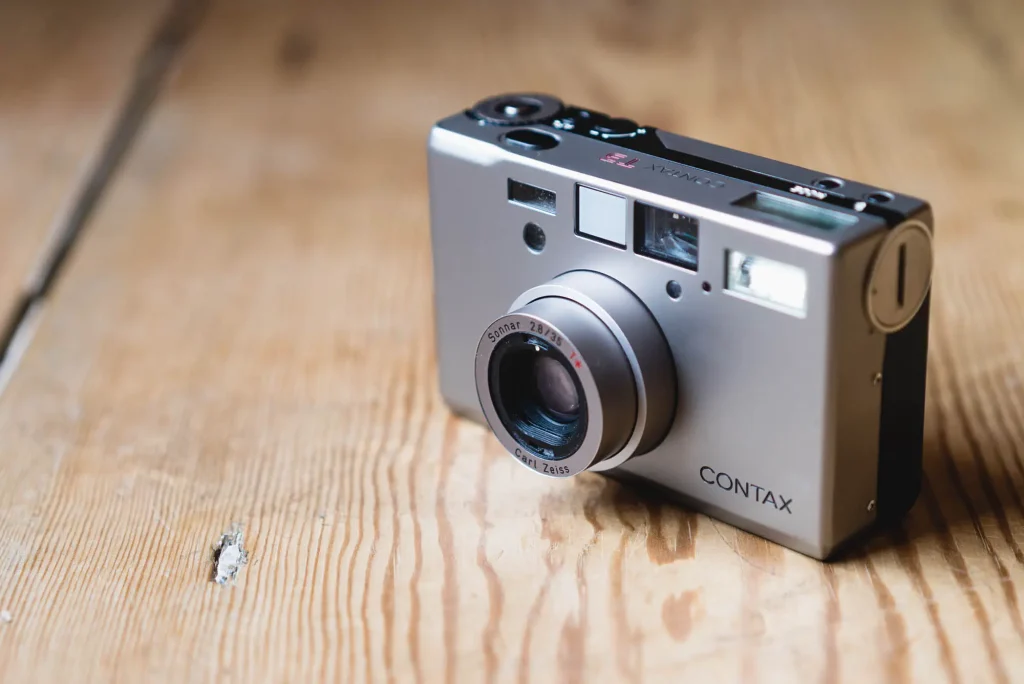
Build, size and handling
In terms of size, the Contax T3 measures up very well. It’s bigger than the Minolta TC-1, but not much. Certainly comfortable in a trouser pocket, and disappears into my inside coat pocket. It doesn’t feel like it weighs me down in the same way its big brother the Contax T2 did.
It was the size and weight that ultimately stopped me carrying T2 around more often, and eventually lead to it’s sale. It does though – in nearly the same way as the T2 – feel solid. It doesn’t quite have the bombproof feeling the T2 has, but it feels pretty robust.
Surprisingly I think the Contax T3 handles at least as well as the T2 too. It’s small size means the camera doesn’t feel as though it needs to be gripped in quite the same way. This means fingers don’t feel like they need to stray towards the lens so much as they do with the T2. Of course it doesn’t quite match up to the Rioch GR1, which, when it comes to ergonomics is arguably the king. That said, the build quality definitely feels nicer than the Ricoh.
The sapphire bits
Every review or post I think I’ve read about the Contax T3 mentions the synthetic sapphire shutter button and viewfinder glass. I assume this is something special? This certainly seems to be the consensus anyway. The viewfinder is indeed bright, so if that’s what that does, great.
I’m not sure I care that the shutter button is synthetic sapphire though. I suspect, with due respect to my fellow camera reviewers, this is something taken from some marketing drivel somewhere that has gained weight as something positive.
One way or another, it’s just a shiny flat black button that looks no different to the one on the T2. It is admittedly quite nice as far as shiny buttons go, I’m just not sure I can get that excited about such a thing, and it’s certainly not not a selling point of the sort of note it seems to garner.
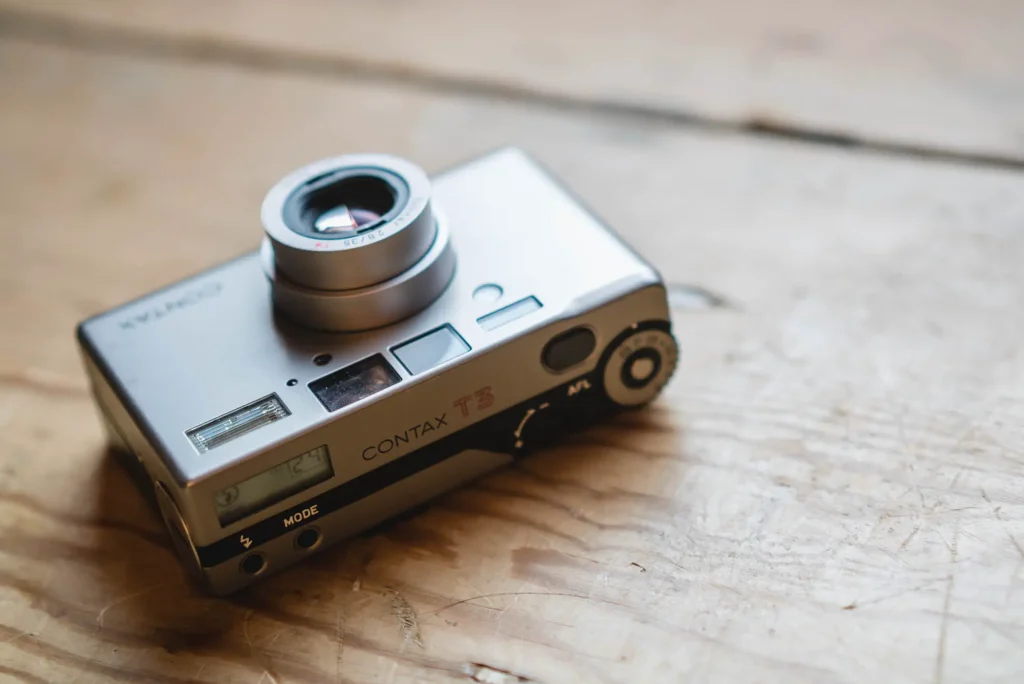
The Contax T3 viewfinder
Since I’ve just mentioned the very nice bright sapphire viewfinder, I might as well point out its shortcoming. Yes it is bright and yes it also shows focus confirmation, shutter speeds and flash/exposure compensation info etc. but having experienced the wonder of active parallax correction in the very much less expensive Pentax Espio Mini, I want that feature in this camera! It is, as I say though, a very big bright easy to see through viewfinder, which is not the case with the Pentax… I suppose you can have it all…?!
Form over function?
All the sapphire and titanium in the world wouldn’t make a great camera. What’s important is how it functions. I must admit, coming from both the Contax T2 and Minolta TC-1 I felt a little concerned that I wouldn’t gel as well with the Contax T3.
The control layout and button driven menu the camera has on face value didn’t feel as appealing as what these other cameras had to offer. Reading about the camera prior to purchase it just didn’t sound as though it would be as natural to use.
Unfortunately those apprehensions have proved true to a greater extent than I might have hoped. I think perhaps the Minolta TC-1 has spoiled me somewhat in this regard; its mode wheel and forefinger driven mode value selector just seems so logical and quick to use.
With modes hidden in a menu – a menu that through its access via the clicking of a single ‘mode’ button is linear in one direction – just feels like a step back from the TC-1. Even the tiny little +/- mode value selection wheel on the Contax T3 feels a little difficult to use, despite having delicate photographers fingers, I still struggle a bit to turn it with real ease.
I don’t suppose it’s a major issue really, it’s no doubt deep set into the body of the camera to stop it from getting knocked, but since it doesn’t do anything until another button is pressed first, this precaution seems a little over the top. I’m being picky here of course… And actually, as I will come to later, for the way I have found myself using this camera, it isn’t really an issue anyway.
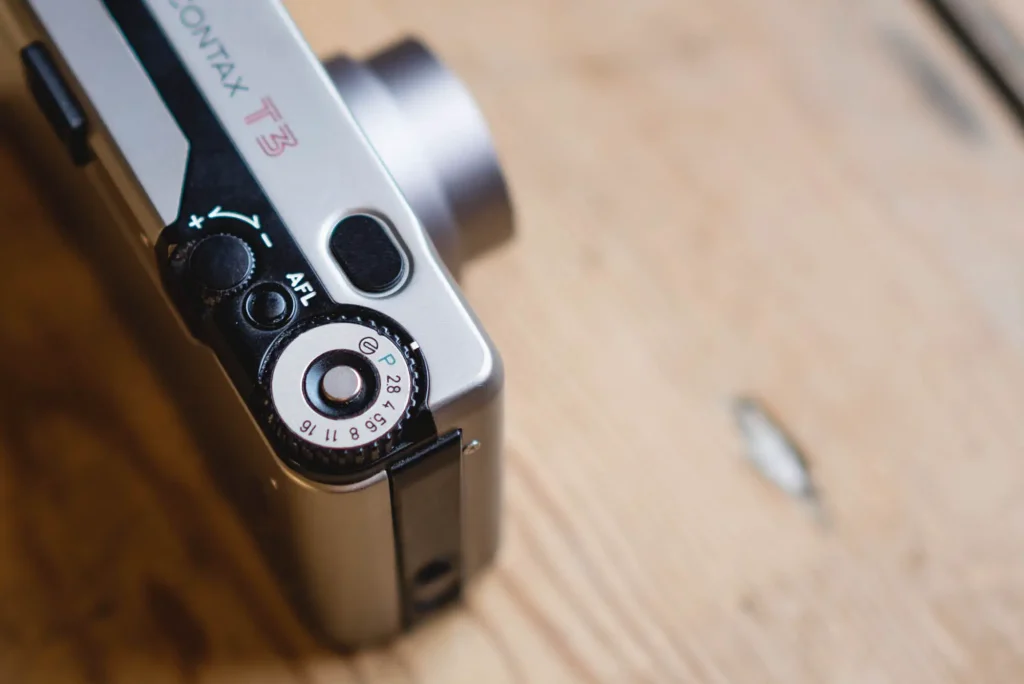
A small relief, even for those who might use it more than me, is that the content of the main menu is limited to only 4 functions. Flash modes are accessed by their own button and there’s a second hidden menu for custom functions. I shall come to the all these modes throughout the rest of the post, but for the sake of understanding I will just touch on accessing the custom function now.
The Contax T3 custom function menu
To access custom functions, the camera needs to be switched off. Whilst off, press and hold the flash and mode button simultaneously. After a moment a little blinking ‘cf’ will be displayed. Alongside this you will see the current setting for custom function 1. This will be displayed as either ‘1a’ or ‘1b’. Pressing ‘mode’ clicks through the custom functions, rotating the +/- wheel changes the custom setting. As I say, I’ll get to what all these modes all are throughout the course of this reivew.
Manual aperture
Having an aperture priority mode is as welcome as it is on any other advanced compact, but it too is a touch of a fiddle to access. To switch to aperture priority mode the little button in the middle of the dial has to be depressed. It also has to be depressed to switched back to program mode.
This catches me out every single time. It’s not a big deal really, lots of cameras have locking mode wheels like this, it just feels unnecessary. I think ultimately I ever so slightly prefer the lens-mounted aperture setting that the Minolta TC-1 and Contax T2 offer. All is not lost though…
Focusing
One of he biggest disappointments with the Contax T2 is its close focusing distance of 70cm. Whilst I am more than use to this limitation with my rangefinders, in the end it somehow felt a little more of a frustration with a compact camera. The Contax T3 deals with this frustration by halving the minimum focusing distance to 35cm, which really is quite an improvement.
Like the Fuji Klasse, the point in operation that the camera focuses can be changed to be either before or after full press of the button. Due to the movement of the lens, having it move after full press does slightly increase the impression of shutter lag.
But, this might be outweighed by the benefit of the camera feeling quieter to use. At the moment of writing this I have it set to after full press. Sometimes I find myself half pressing a few times before I am comfortable I’ve focused correctly, so the repeated movement of the lens can become an attention grabbing sound that I prefer to remove from the equation.
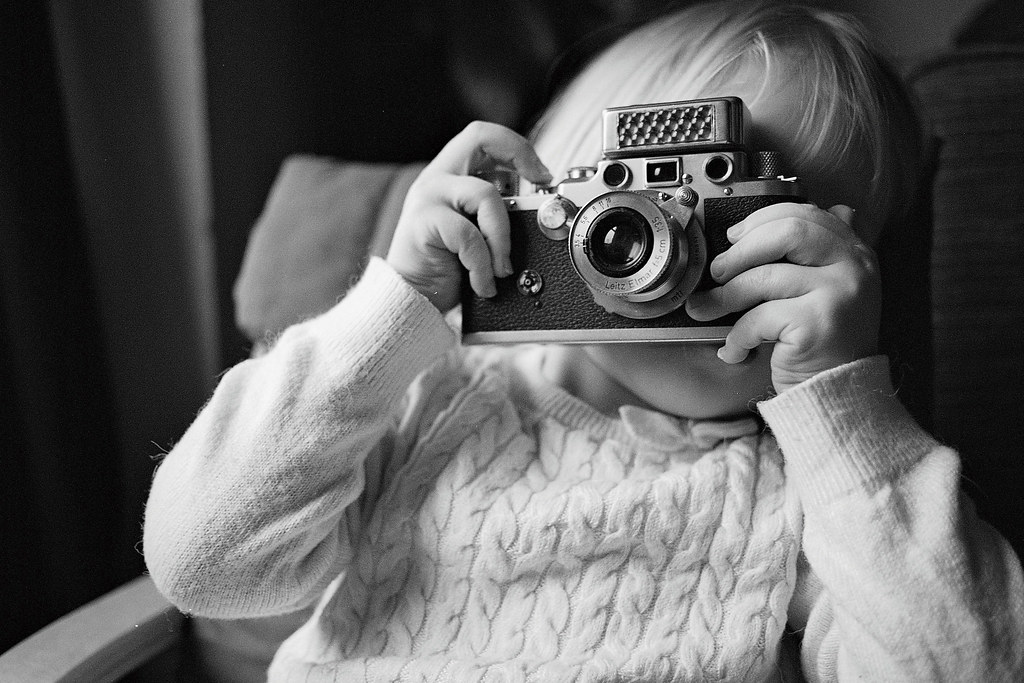
Saying that, sometimes I might like to have the camera feel a touch quicker, so being able to switch for preference is definitely a bonus. And ultimately for snaps it makes little or no difference when the lens moves, it still has to move and that still takes time. Fortunately the amount of time it does take isn’t particularly long, it certainly feels faster than the Fuji Klasse, and is arguably up there with the fastest of my compacts.
To change when the camera focuses it is custom function 2. 2a focuses after full press, 2b at the point of half press.
Manual Focusing with the Contax T3
Again like the Fuji Klasse, the Contax T3 has a menu driven and fairly fiddly to use manual focus. It’s the forth thing in the list of modes, so to set manual focus you have to press mode 4 times, then set the distance using the -/+ wheel. Not something you would want to use on a shot by shot basis of course, but for pre-focusing it’s ok.
Setting the camera to focus at 5m and the aperture to f/8 makes for a nice way to point and shoot. With a depth of field of around 2.5m – infinity at f/8, for day time snaps or maybe street shooting etc the Contax T3 can be used quite comfortably with little thought.
Depending on how frequently you shoot like this, the Contax T3 can also be set up to your preference. If you shoot like this a lot, or want to spend a day out shooting this way, the chosen manual focus distance can be locked in. Set custom function 7a and it’ll forget manual focus settings when it is powered off. But setting it 7b means that focusing has to be reset to auto manually. Even powering off and on again it will remember the set focused distance.
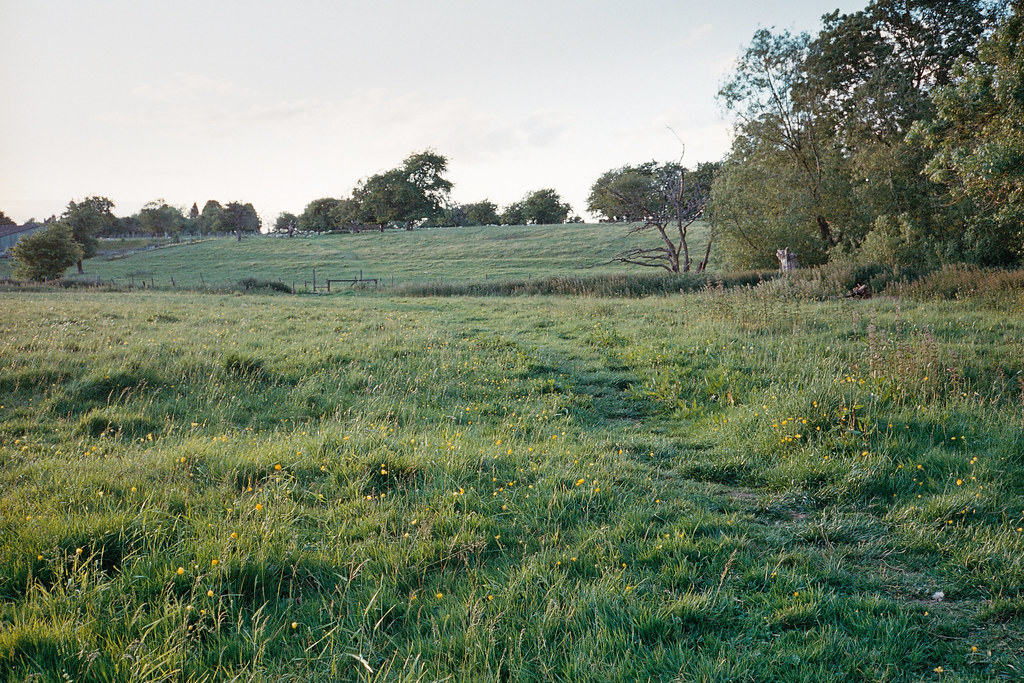
Locked lens position
The final, and quite compelling function of the manual focus is the locked lens position. When in manual focus mode, the lens is moved to the selected focus distance and is locked there. This means that the lens doesn’t have to move to shot, which in turn reduces shutter lag a little.
In short, if you can find a comfortable distance to lock the lens in manual focus it can be a very fast camera to shoot with. At least until you have to change the focused distance, which of course means delving back into the fiddly menu. Fortunately, returning to autofocus is as simple as tapping the AFL button.
Exposure and metering with the Contax T3
One of my favourite features of the Contax T2 was the light meter. The constantly updating exposure information in the viewfinder is much more akin to a bigger camera. The Contax T3 thankfully retains this function. Switching the camera on or half-pressing the shutter button (if it’s gone to sleep) activates the meter which the takes a constantly updated reading visible through a rudimentary shutter speed readout in the viewfinder.
Exactly like its older brother, it only gives an idea of shutter speed by displaying one of four readings, either individually or in combination. These readings are ‘LT’, 30, 125 and 500. With LT, standing for Long Time. With these numbers not necessarily representing the exact shutter speeds (as seen on the chart below), I’ve come to the same conclusion in use as I did with the T2. What these numbers mean really is as follows.
LT blinking – put the flash on or use a tripod/solid surface
LT lit – same as above, but maybe worth a punt if you really don’t want flash and don’t mind a risk.
30 – shoot away as long as the subject isn’t moving
125 – shoot away as long as the subject isn’t moving fast
500 – shoot away.
500 blinking – shoot away – with an awareness of the amount of potential overexposure
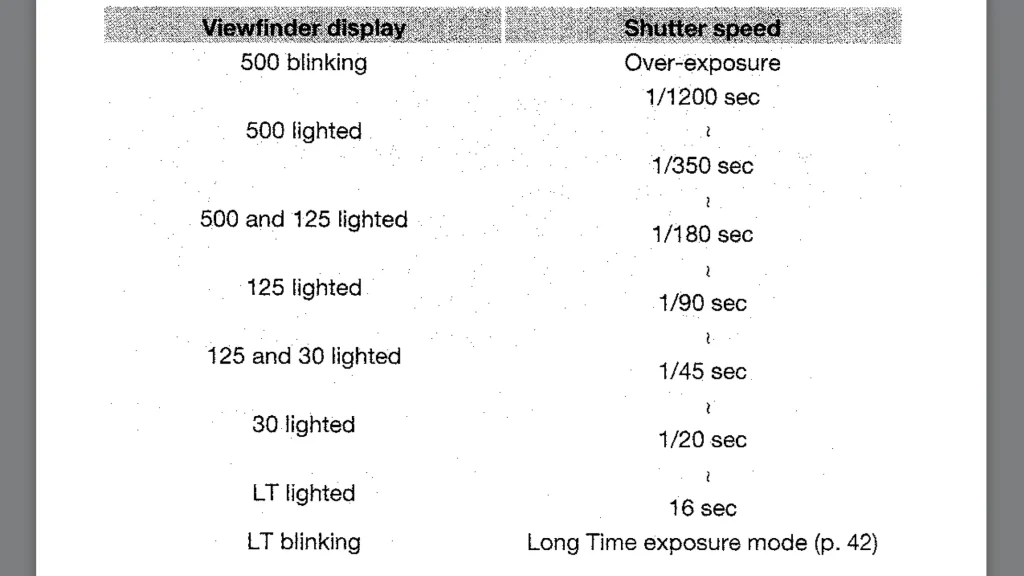
Full manual here – thanks Mr. Butkus
The meter itself appears to be some sort of centre weighted meter, which is also fairly similar to its older brother the T2. The area it meters from is plenty small enough to be pointed around the frame to get an idea of best exposure before taking the shot. It also has an ev range that goes right down to 1ev!!
Separating autofocus from autoexposure – the AF-L button
For my tastes, for any camera to be an ideal carry everywhere camera, the ability to separate the point at which the camera is focused and that which it meters from is quite important. To be fair when I’m shooting a compact quite often there isn’t an issue as the subject tends to be the thing I want to meter from and focus on. But for those occasions the rule doesn’t apply, when I might use the camera as something more than a glorified point and shoot, not having the ability can be quite a frustration with a fully automatic camera.
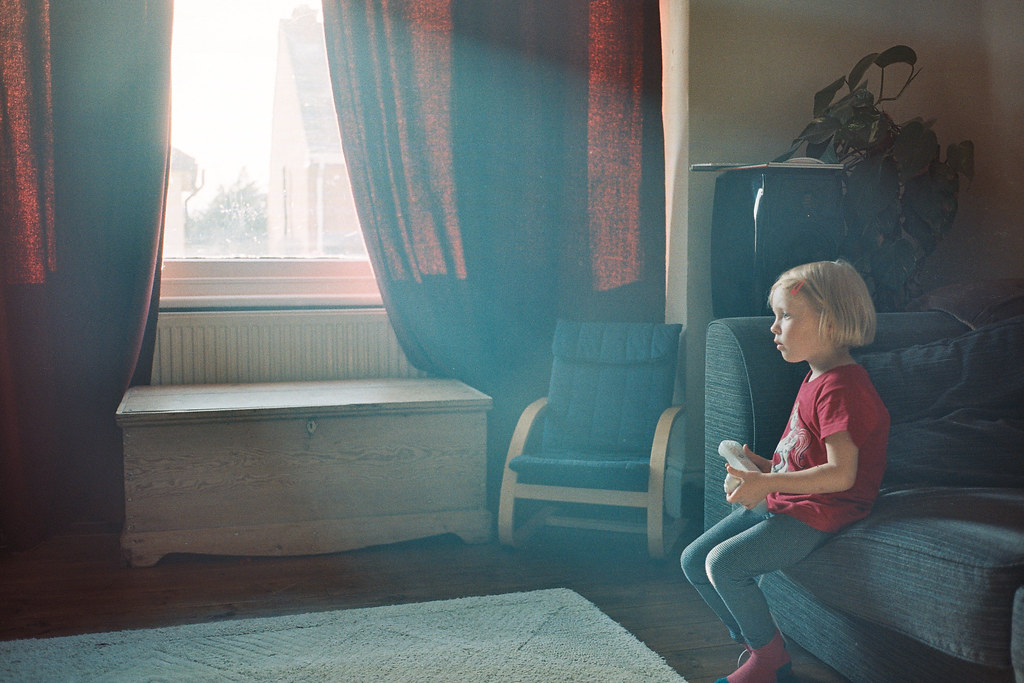
The way the Contax T3 solves the problem is effectively the opposite way the Minolta TC-1 does. With the TC-1 there is a spot meter that allows exposure to be locked at a value independently from the action of half press to focus. With the Contax, focus is the thing that is locked independently with the AF-L button.
So, if you want to choose exposure independently of focus, you can lock focus on the subject by holding the AF-L button for a few seconds whilst pointing at said subject. Once focus is locked, you can then point the camera at whatever you want to meter from, half press the shutter to lock the meter reading in, reframe and shoot. It’s a little like how I used to shoot with my Nikon digital SLR’s with their AF-on button on the back.
The shortfall of the Contax T3 by comparison is that the AF-L button is on the top of the camera and has to be pressed and held for a second to use it. This means the process is a little slower than it could be if it were under a thumb on the back.
Interestingly this style of shooting is expanded upon with a custom function. Setting CF6a will cancel the focused upon distance after the shot is taken, CF6b maintains the distance focused to until it is reset with another press of the AF-L button or the camera is switched off. I’m sure others can say how this feature works well of them in one way or another.
But for me, I like the idea that it effectively brings the manual focus function out of the clumsy menu. It’s quicker in use to point the camera at something a desired distance away to lock the focus for a series of shots than it is to go delving into the menu. This is especially helped by the fact the screen on the top shows the distance the camera is locked too.
A minor frustration with AF-L way of manual focusing is that upon pressing it doesn’t move then lens to the point of focus prior to taking the shot. Not having this on the AF-L function is a minor quibble, but I do think it would round off the manual focus functionality of the camera nicely.
Whilst on the subject of the AF-L button, using custom function 5 it is possible to set it to lock both auto exposure and auto focus. CF5a sets it to just lock focus, 5b sets it to lock both. I don’t find this a particularly useful option.
Exposure compensation – and a lack of ISO override.
Access to exposure compensation is through the menu button. Thankfully, since it’s the mode I found myself using the most, it’s the first mode so in the menu. Ive found myself using it it more than I might because, since the camera doesn’t have a manual ISO override, I’ve been using the exposure compensation for this function instead.
Unfortunately, this is all a bit limiting. The camera only has -/+ 2ev of exposure compensation so setting Portra at ei200 or ei100 as I have been recently has meant I’ve been using the extent of the over exposure compensation just on on that. Of course I could stop being so damned lazy and recode my Portra’s DX code, but that often takes forethought. Last time I was out and about and needed to load it I didn’t have my black tape and little knife with me.
For general use though, -/+2ev of exposure compensation is actually fine, especially since the Contax T3 has a couple of little tricks up its custom function sleeve. Firstly, and this is especially useful for me at the moment, the exposure compensation is lockable. CF3a will mean exposure compensation is set for one shot, 3b will retain exposure compensation until the camera is turned off, 3c retains the settings permanently until they are changed again manually. As you might have guessed, I have mine set to lock permanently.
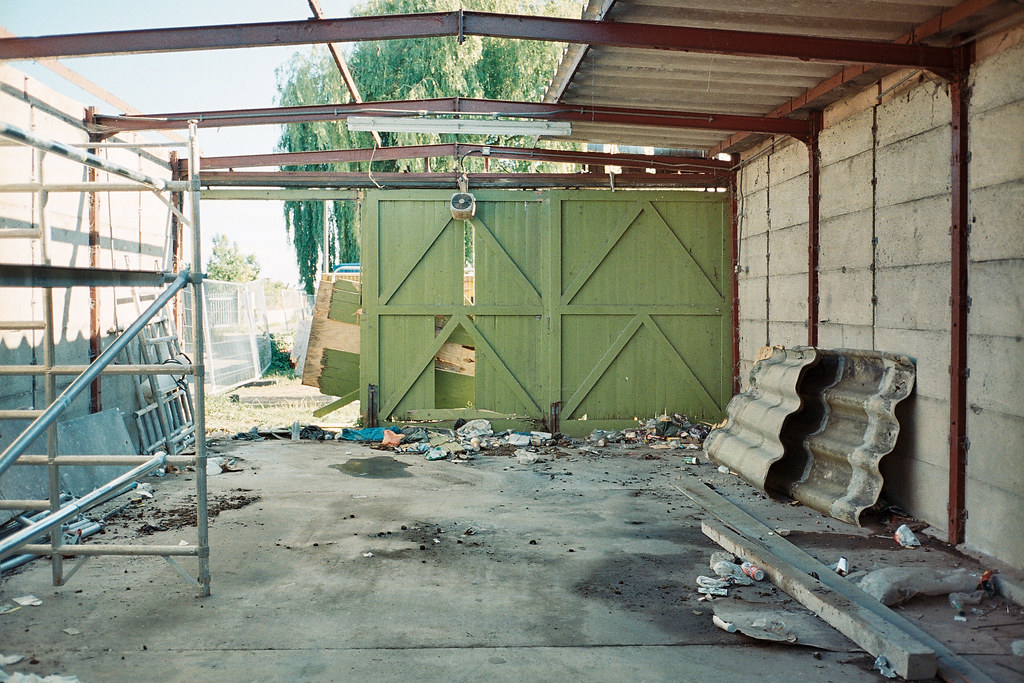
Other modes controlled by the mode button and +/-wheel
I’ve mentioned the first mode on the button, exposure comp, and the last, focus modes. The two I haven’t mentioned sit next to each other via 2 and 3 presses of the button. These are the self timer and manual shutter speed selection. “Manual shutter?” I can almost hear you exclaim in excitement… Well, it’s not as much fun as it could have been. It is just as you would find on the TC-1 and Fuji Klasse, a slow speed or “LT” (long time) shutter speed selector. Settings go from 1sec – 120sec. I mention this in the same paragraph as the self timer as without any means of remotely triggering the shutter, the self timer is ideally used in conjunction with the LT shutter modes.
If this is a feature you think you might use a lot, then the Fuji Klasse is probably a better choice since it has the advantage of a threaded hole for a shutter release. But if, like me, you’ll probably use it infrequently, it’s just a nice feature for emergencies.
The Contax T3 self timer can also be set between 2 and 10 second modes. The former being more useful for LT shooting and the latter I suppose better suited to the old trick of setting the camera on a tripod and jumping into the photo. It’s funny, I have so many memories of my dad and other family members doing that when I was a kid; you don’t see it so much these days.
The Contax T3 Flash
Then there’s the flash button and it’s modes. The usual suspects of flash off, flash on (fill) auto flash, auto flash with red eye and night portrait flash can be found. I’ve only used the flash once or twice, the results are predictably ok, but look like a flash has been used.
What’s stand out about the flash modes on this camera is not the modes themselves, it is actually the one thing lacking from the likes of the Olympus mju-ii; the ability to set the default flash mode. This is done simply by holding the flash button until the mode starts blinking, pressing it again until the mode you want as default is selected, then leaving it for a few seconds until it stops blinking. Now next time the camera is turned off then on again, that will be the mode that remains. In the case of my Contaxt T3, that default is, and will always be, flash off!

One last trick up its sleeve…
If you’ve been counting you will spot that I am yet to explain the purpose of custom function 1. If you are a mid roll changer (like I am sometimes), or you develop your own film, CF1b is for you since it leaves the leader hanging out. If you store your exposed film in the same box as your unexposed film, CF1a is for you as it winds the leader all the way into the canister.
The Contax T3 lens and photos
No review would be complete without an assessment of the Contax T3’s lens and the photos it produces. In case you hadn’t realised, the lens that adorns the Contaxt T3 is a 35mm f/2.8 Zeiss Sonnar. If that leads you to an anticipation of it being quite good, you would be quite right… It is in fact exceptional.
It has possibly slightly less character than the lens of its predecessor the T2, in as much as it doesn’t vignette to quite the same degree. That’s not to say it doesn’t vignette at all, it definitely does, especially when shot wide open. The T2’s propensity to vignette just seemed a little more consistent throughout the aperture range.
What it does share with the Contax T2 is stunning levels of resolution and contrast. I always find it amusing reading comments about lenses like this being “just as good as my SLR lens”, again I guess this came from a time when people had lower expectations of compact camera…?
The reality is, just like the lens on the TC-1, this lens is not just as good as many of the lenses in by bigger-kit bag, its arguably better, at least objectively speaking. It’s certainly sharper and more flare resistant than my 1970’s Summicron, and in the limited photos I’ve shot with any real bokeh, it seems to perform in that department admirably too… Ultimately though, judge for yourself, if you click through to flickr, you can zoom right in if you are that way inclined

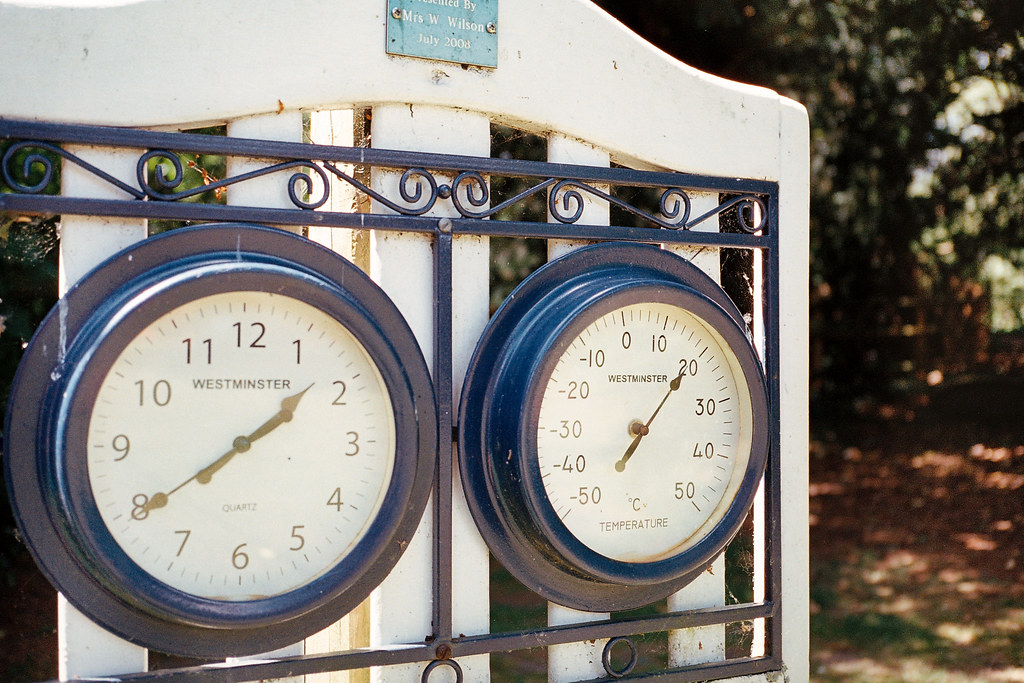

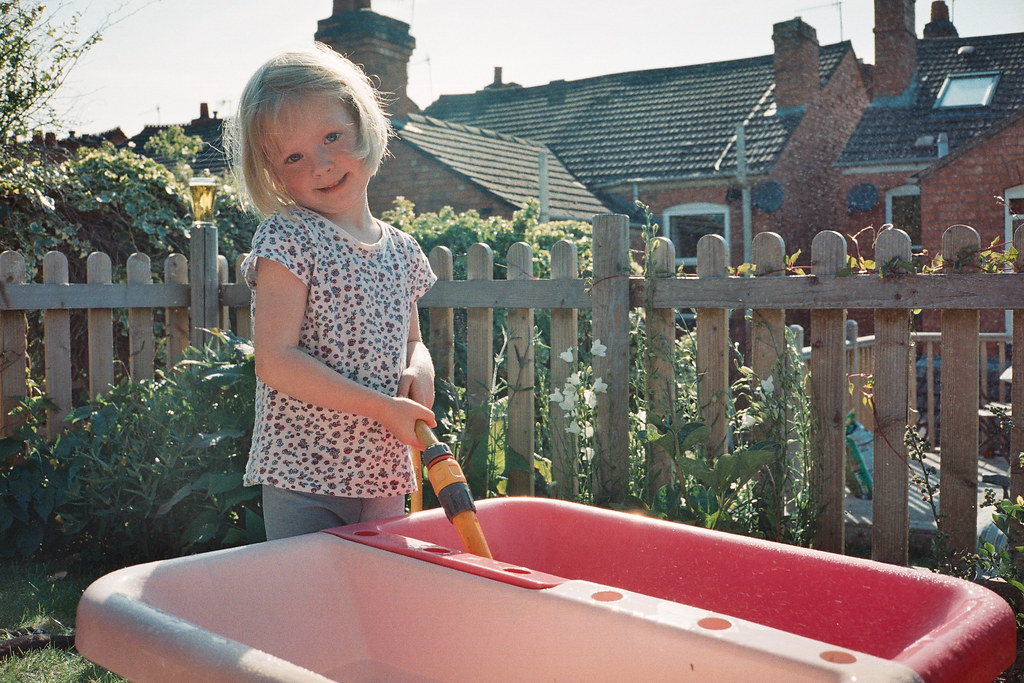

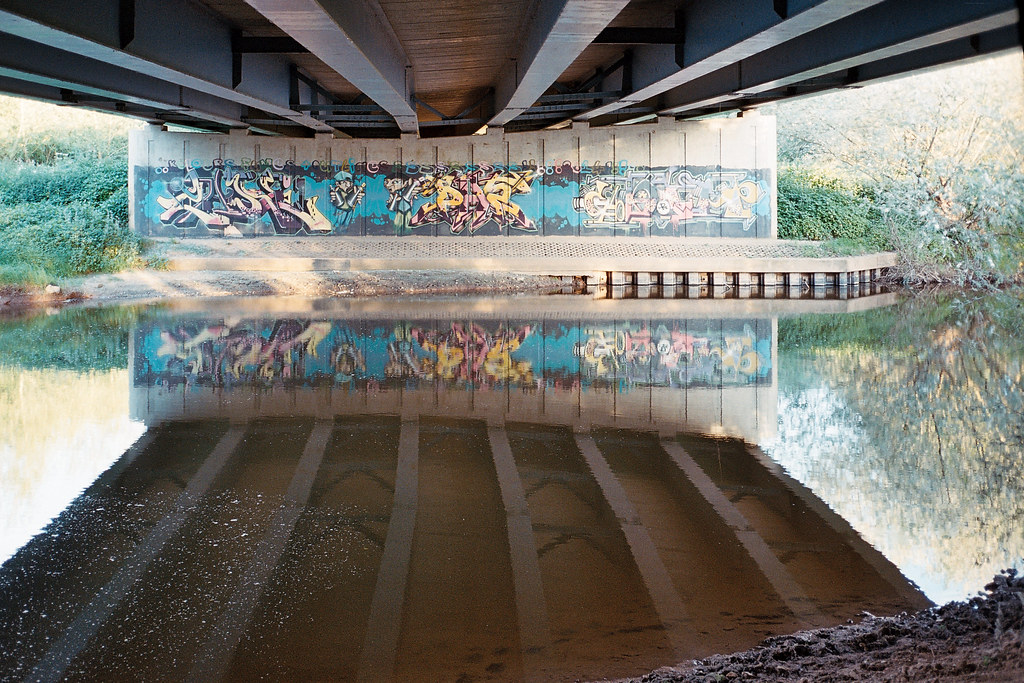

If you don’t know some of my lens related terminology, have a read of this and this.
Show over pro? – My concluding thoughts on the Contax T3
I’ve read a few posts on forums and the like over the years from people who say the Contax T3 is overrated and not worth the cash they go for. I’ve also read people saying the T2 is a better camera with better features and that the Contax T3 was more aimed at rich people who wanted an expensive toy.
Of course you never know when reading people’s comments whether or not they are based on experience or just based on hearsay, but I have to say that whilst I don’t agree, I can see where some of these people are coming from when making these comments…
It’s not that I don’t like the Contax T3, I personally think it is a superb camera. It is definitely my choice for a carry everywhere camera. In fact, since I’ve had it, I feel like my search for that perfect carry everywhere camera is over. The problem is, the thing that gives me the sense of empathy with the naysayers is that it feels like it can be so dumbed down that I can treat it like I don’t really have any skill at all.
I can, if I choose – which I do almost all the time – treat it like a cheap point & shoot that I just chuck in my pocket, just in case something comes along that I want a photo of. And that could quite easily make the £500 I paid for it feel like a lot of money to spend on what basically amounts to a pocket happy snapper.
Because of this, largely speaking, my emotional response to the Contax T3 has been quite flat. I’ve not got over excited by it, I’ve not even shot a great deal with it, I’ve had it for months and barely even thought about writing a review – which has become very much out of character for me.
But, what’s important is that I have taken it nearly everywhere I’ve been since I bought it. I barely even think about it now – there is no longer a consideration of what camera to take when I can’t be bothered to take a camera. When I go out I pick up my wallet, phone and keys and Contax T3; it’s become part of my pocket furniture.
Why? Because it works flawlessly when I need it to – especially at the one thing I need it to work flawlessly at – taking snaps. Take the cost out of the equation, and actually it fits my specifications for a carry everywhere camera perfectly. It’s perfectly pocketable, it’s seemingly hard wearing, it’s got a great lens and it’s simple to use.
But the real beauty is that for most part it is a set and forget type camera. With the seven custom functions I can set it to work just how I like it for day to day shooting. But, and this is the big one for me, when carrying it everywhere, I know that I have a little tool that I can manipulate into doing all sort of other useful things if and when I might need them.
Yes it might fall short on some of the finer details of those little things, but who cares, I’m only going to use them in emergency anyway, and I can get around them all. Even the ways the slightly annoying to access menu is designed, it’s almost as if it’s saying “yeah, I’ve got features, but you don’t really want them, just point me and shoot me”… What I’m trying to say is that it provides me with something that I don’t have to think about, I don’t have to be a “photographer” to use it. If I want to be, I can be, but largely, I don’t need to be.
It is a combination of all the above that differentiates it from every other camera I’ve owned. With cheaper cameras like the mju-ii I have to think about switching off the flash. The Ricoh FF-90 and Nikon AF3 both solve the flash problem, but are too big… And none of these point and shoot cameras really do all the things I like to have on tap. None separate focus from metering for a start.
So what about the “advanced” compact cameras as I call them… Well, it might not be enigmatic like the TC-1 with its quirky ways, and it might not be as perfectly formed as the Ricoh GR1v. But it also doesn’t need a bit of mental commitment to use in the way the TC-1 feels like it does, and it doesn’t feel like it might fail at any minute like the GR1v.
It’s also not slow in the way I find the Fuji Klasse W. Not to mention the fact that actually, the focal length is wrong with all of those. I used to prefer 28mm to 35mm – not any more – for day-to-day shooting, especially when I’m not in the mood for proper photography, 28mm is too wide, 35mm is the happy medium. That just leaves the Contax T2, and I suppose maybe the Nikon 35ti and various Leica advanced compacts, well short of listing all their comparative faults, they’re all too big. The Contax T2, which I loved, I just didn’t carry, ever, and that was just because of its size.
So that just leaves the price tag… Well, I’ve come to think of it a little like my apple products – my Mac book pro and iPhone especially. I don’t look at my Mac every day of my life thinking how lucky I am to have a retina screen, one piece aluminium chassis, or enough computing power to get me to Mars and back. I turn it on in the morning, I do my job on it for 8-12hrs a day in the same way as I have been since the day I got it out of the box. Same goes for my iPhone. They both function at the thing I need them to function at for extended periods of time, every day. And all be it largely in activity, that is exactly what the Contax T3 does too.

In summary…
It has scratched the itch I wanted it to. I might not be the ultimate “photographers” camera, but I for one am pleased it’s not. Unlike my Minolta TC-1 (and the Ricoh GR1v it usurped) it doesn’t feel like a perfect counterpart to one of my Leicas, it feels like the camera I carry instead of both… The Contax T3 is without doubt the perfect carry everywhere camera, or at least as close as anything comes for my tastes.
Cheers for reading
Hamish
An update
Since publishing this article, the value of the Contax T3 has skyrocketed. I personally wouldn’t buy one for the price they now go for, but that’s not to say you shouldn’t. I would just suggest you read this article first.
You can find more articles featuring the Contax T3 on 35mmc here
Share this post:
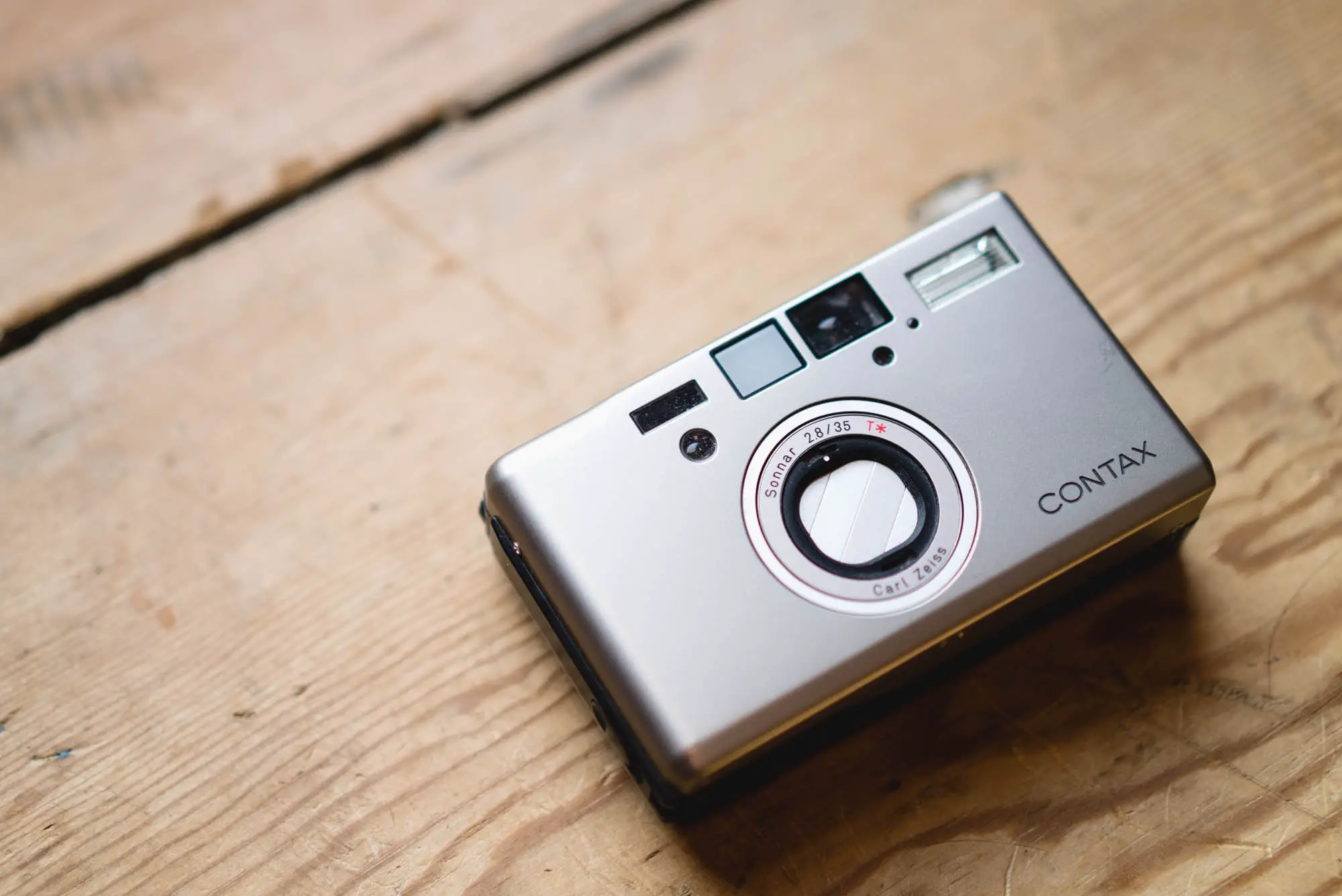
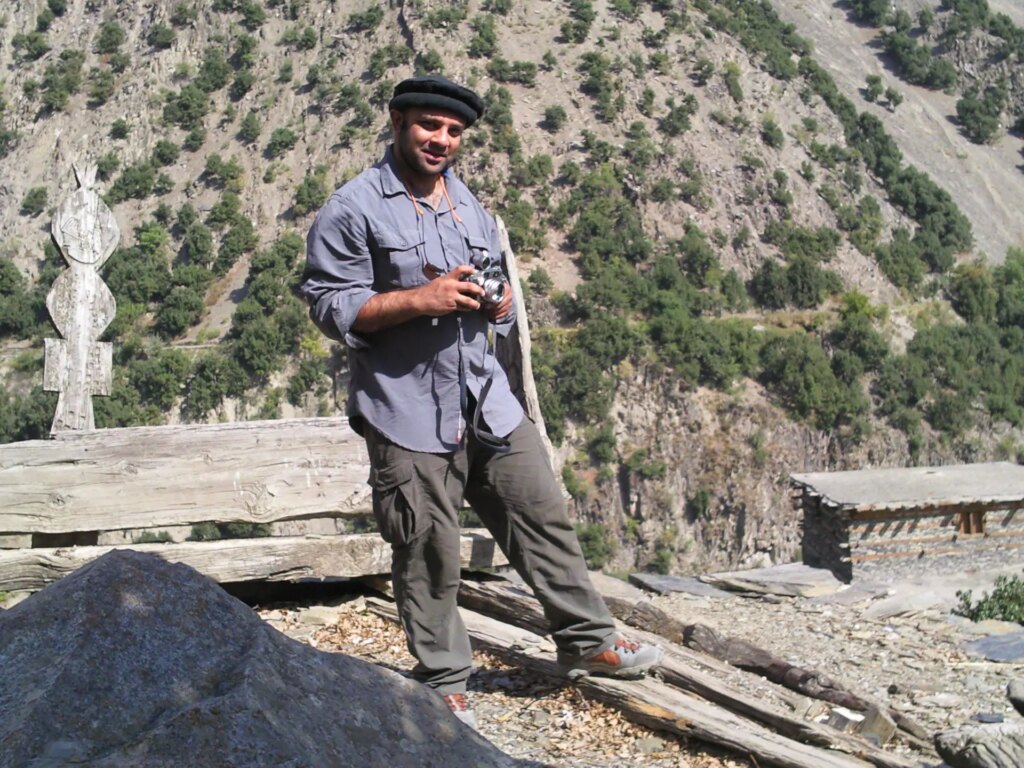
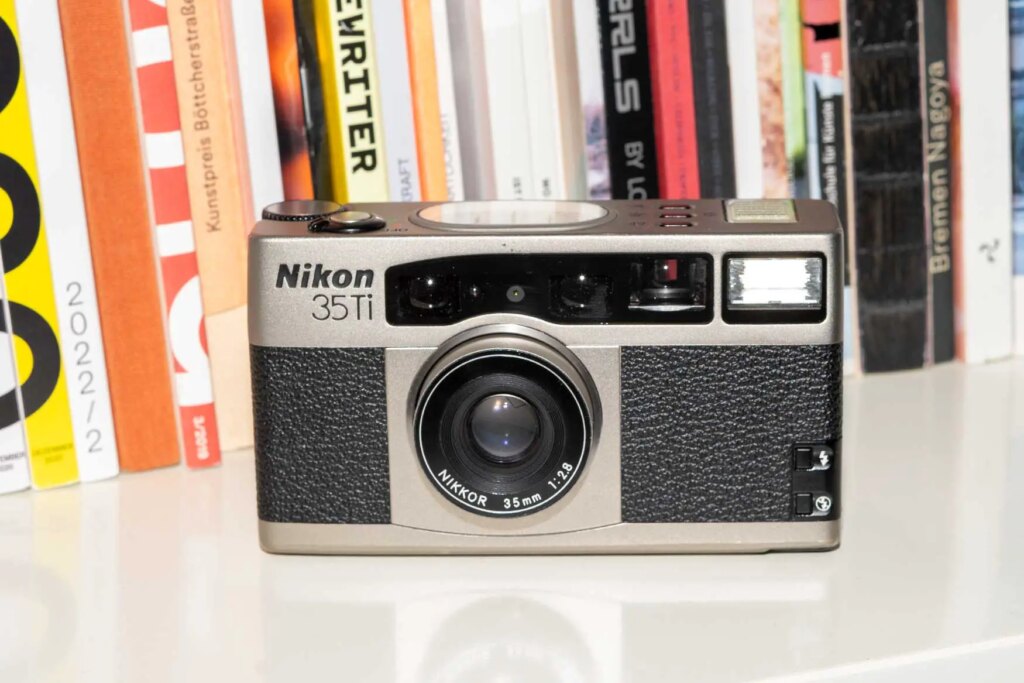
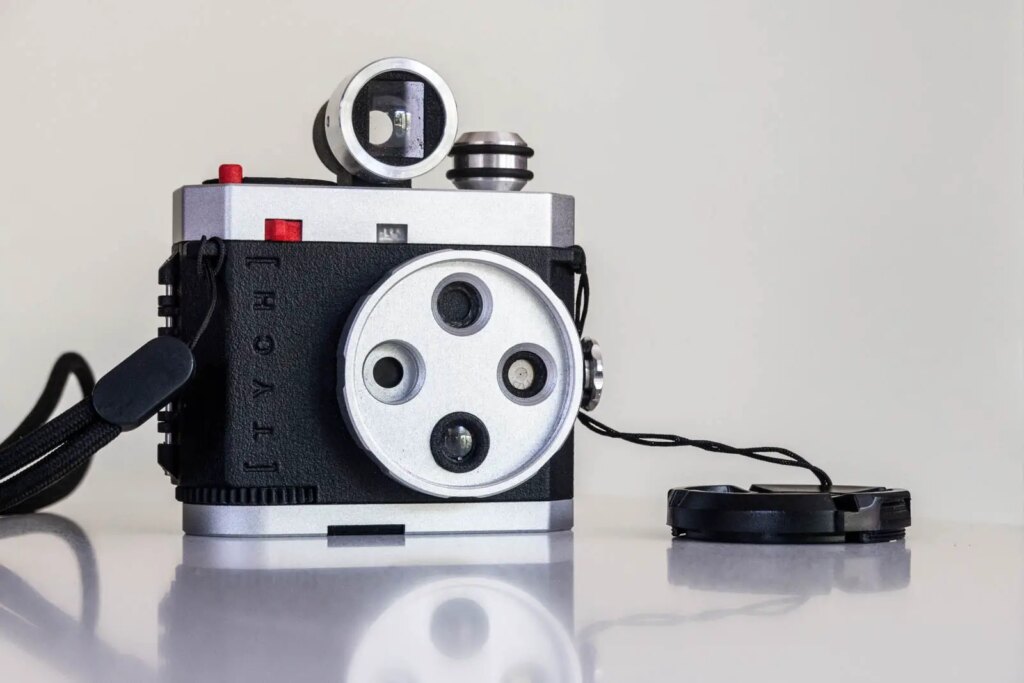
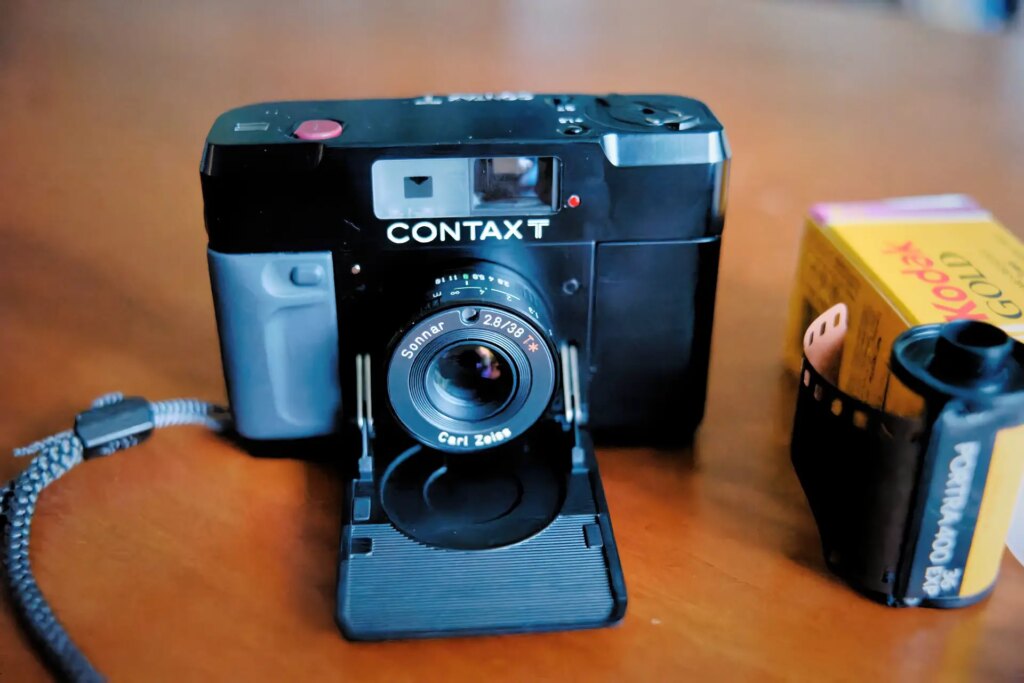




Comments
Jason on Contax T3 Review – A regular companion
Comment posted: 18/06/2015
Great timing with the review also as my T3 turned up yesterday in the mail. I had been wanting a T3 for ages but the bad Aussie dollar kept me from getting it until a mint condition model turned up locally for a great price.
My first 24 hour impression is that it hasn't overly excited me in terms of usability and feel and holding it side by side with my GR1v I actually prefer the form of the GR1v - nothing can beat the layout on that thing - almost absolute perfection for a small camera.
However the custom functions of the T3 (like on my G2 I used to own) provide the level of customisability that takes it to a step above with the control over the exposure and flash etc.
Anyway it's way too early for me to make a judgement but I somehow feel that I may let it go and stick with the GR1v just purely for its size and function even though I much prefer 35mm. I was thinking the Contax T rangefinder may be what I want so the search may continue.
Anyway thanks for a great review, I really liked the part about metering and focussing separately as I do that alot so will be testing that out.
Comment posted: 18/06/2015
Stefano on Contax T3 Review – A regular companion
Comment posted: 19/06/2015
As for me, I'm in the same boat. I actually prefer the form factor and the operability of my Ricoh GR1s, but ever since I got my T3 it's the T3 that I keep carrying around wherever I go. It's just that small. You don't really need a bag for it, just slide it into your jeans front pocket and you're ready to go. The IQ is just astonishing, when I look at some of my well-exposed, perfectly focused photos, scanned with a Nikon Coolscan at full resolution, sometimes I get the feeling that they are, well, too perfect. So perfect that my GR1s and Leica are collecting dusts on my shelf. I should probably think of selling them ;)
Comment posted: 19/06/2015
Comment posted: 19/06/2015
nubizus on Contax T3 Review – A regular companion
Comment posted: 19/06/2015
Comment posted: 19/06/2015
Mikael Siirilä on Contax T3 Review – A regular companion
Comment posted: 19/06/2015
Comment posted: 19/06/2015
小呂的十大底片相機推薦: Contax T3 | 幸福小鎮-婚禮紀錄 網誌 on Contax T3 Review – A regular companion
Comment posted: 19/06/2015
Ricardo on Contax T3 Review – A regular companion
Comment posted: 20/06/2015
http://deadcameras.com/2015/05/18/nermal-the-leica-cm/
After that it was nice to compare the T3 to the CM, in a way very identical cameras.
Cody Priebe on Contax T3 Review – A regular companion
Comment posted: 30/08/2015
Thanks Hamish for laying out the camera so well. This will be giving my Ricoh GR1s a run for my time.
Comment posted: 30/08/2015
The Contax T2, it's chunky, but it's good! - 35mmc on Contax T3 Review – A regular companion
Comment posted: 07/10/2015
Adam on Contax T3 Review – A regular companion
Comment posted: 20/09/2016
Comment posted: 20/09/2016
Barry Reid on Contax T3 Review – A regular companion
Comment posted: 22/10/2017
Comment posted: 22/10/2017
Contax T2 - Just a device? - Guest post by Adam Laws - 35mmc on Contax T3 Review – A regular companion
Comment posted: 18/11/2017
The Contax T - My Final Word in Pocket Cameras - by Hern Tan - 35mmc on Contax T3 Review – A regular companion
Comment posted: 16/06/2018
十大底片相機推薦-contax-t3 - jackpstw.com on Contax T3 Review – A regular companion
Comment posted: 22/07/2018
小呂的十大底片相機推薦: Contax T3 – 網站標題 on Contax T3 Review – A regular companion
Comment posted: 22/07/2018
Patricia on Contax T3 Review – A regular companion
Comment posted: 09/08/2018
I feel quite depressed because it is my favorite camera and I feel that I don't trust my T3 anymore. OR MAYBE, I am just doing something very very wrong.
And another question: setting an 100ISO film to push it to 400ISO I would need to set the EV at -2, did I get that right?
I would be very thankful for your help!
Greetings from Germany!
Comment posted: 09/08/2018
Henry on Contax T3 Review – A regular companion
Comment posted: 18/08/2018
Comment posted: 18/08/2018
Panomicron Oxygen review - A 3D Printed Hasselblad Xpan Alternative - 35mmc on Contax T3 Review – A regular companion
Comment posted: 24/12/2018
Thinking about spending a stack of cash on a film camera? Read this first! - 35mmc on Contax T3 Review – A regular companion
Comment posted: 22/01/2019
The problem with the premium film compact bubble - Kosmo Foto on Contax T3 Review – A regular companion
Comment posted: 02/04/2019
A Contax T3? That will be £1,900, thanks - Kosmo Foto on Contax T3 Review – A regular companion
Comment posted: 15/04/2019
ryan on Contax T3 Review – A regular companion
Comment posted: 06/12/2019
Thanks for the read!
Comment posted: 06/12/2019
aly pfleider on Contax T3 Review – A regular companion
Comment posted: 27/02/2020
Contax T3 review - Kosmo Foto on Contax T3 Review – A regular companion
Comment posted: 10/12/2020
Contax G1 vs. Contax G2 – The Photography Professor on Contax T3 Review – A regular companion
Comment posted: 16/07/2021
Anorda Photography on Contax T3 Review – A regular companion
Comment posted: 31/08/2021
Shooting on 'crap' compacts (Part One) - Kosmo Foto on Contax T3 Review – A regular companion
Comment posted: 21/08/2022